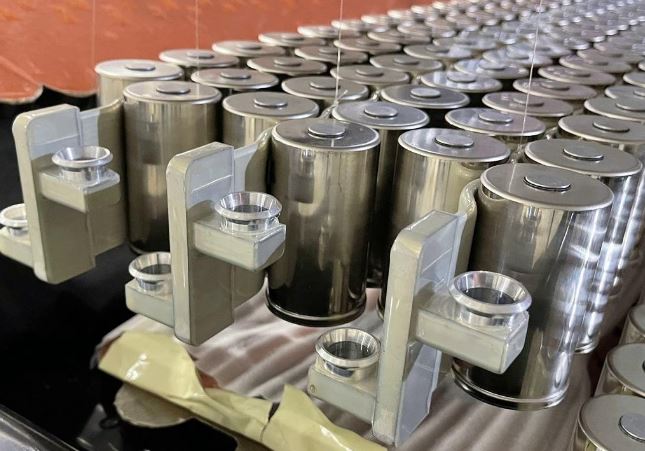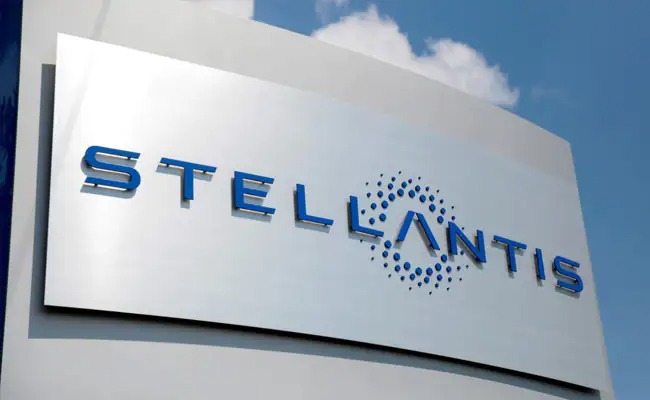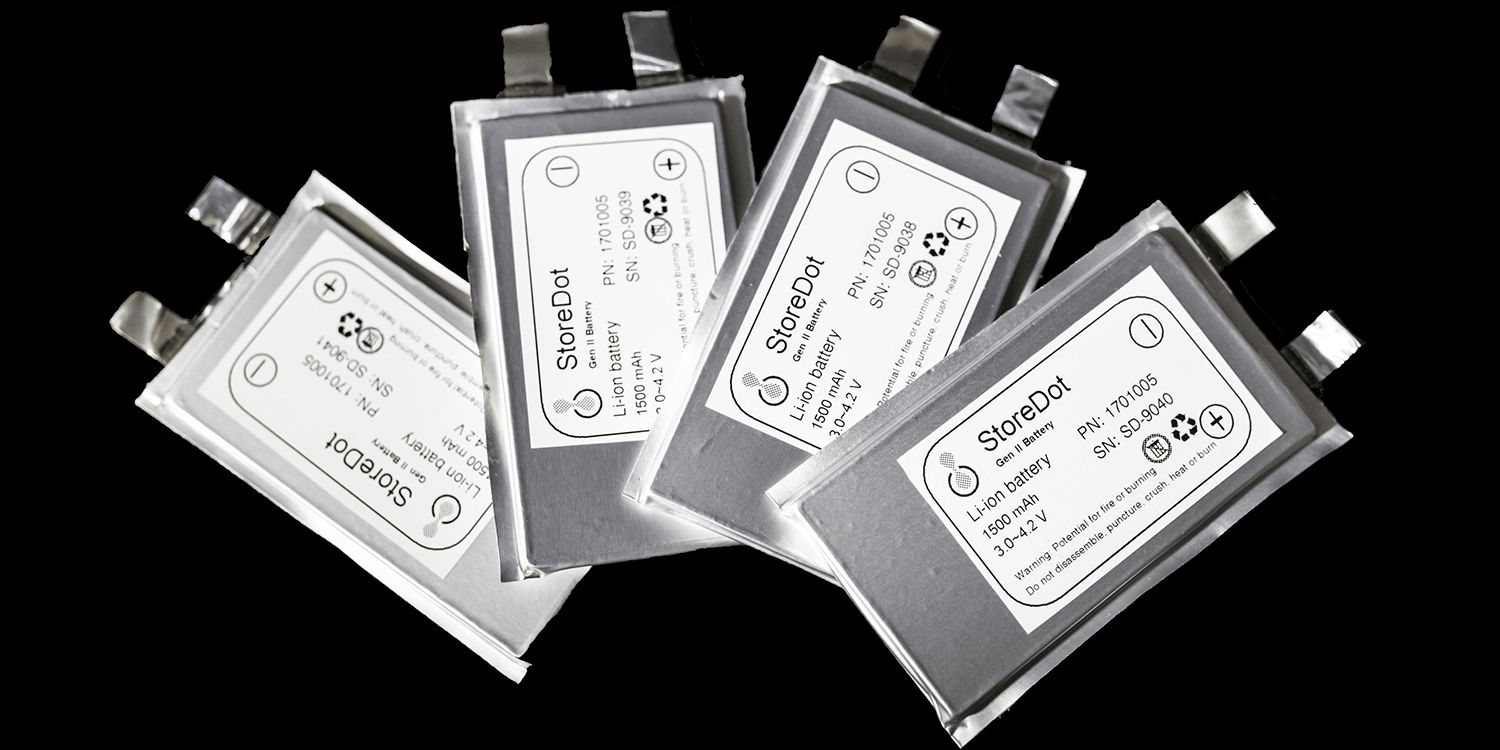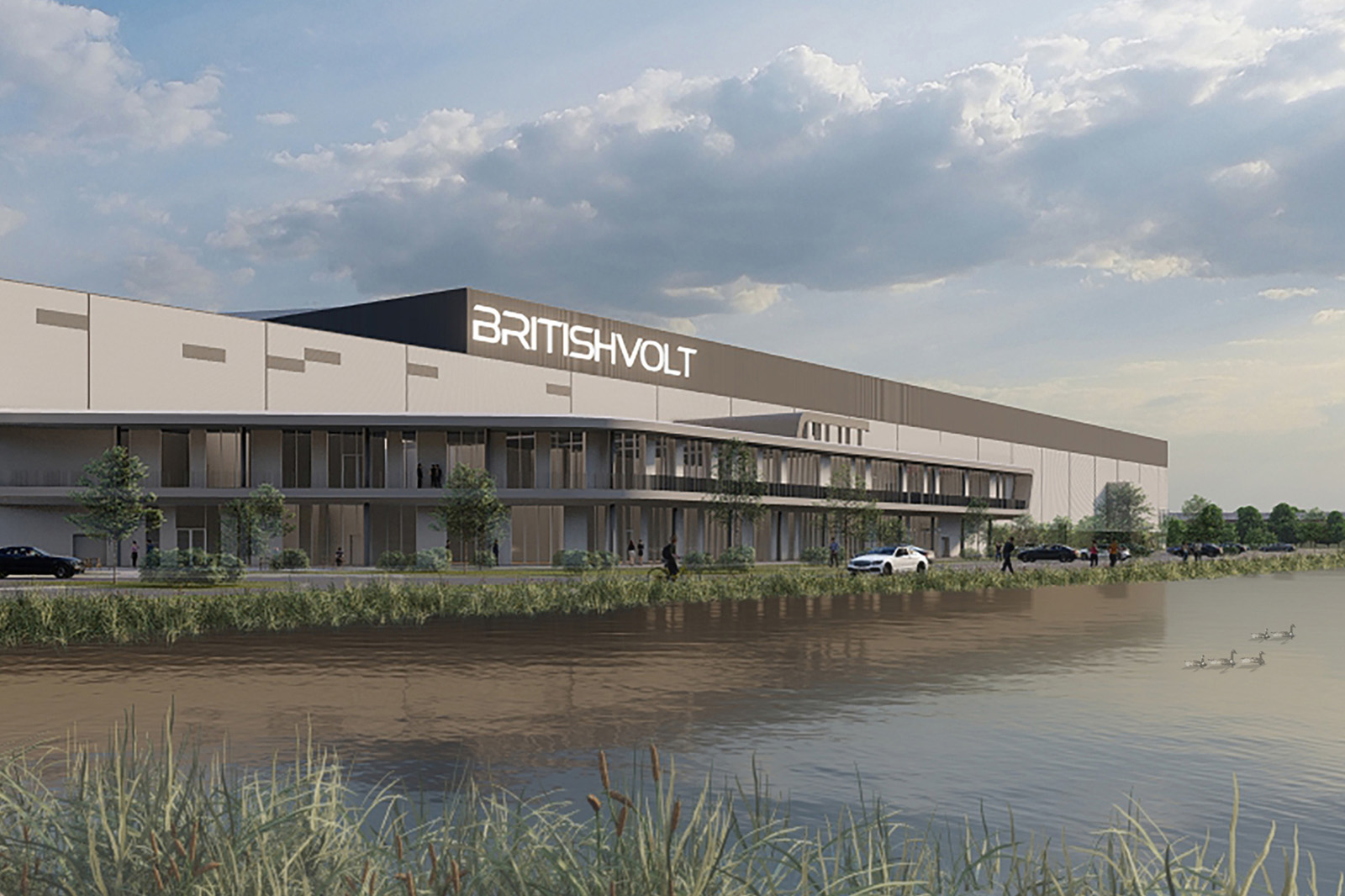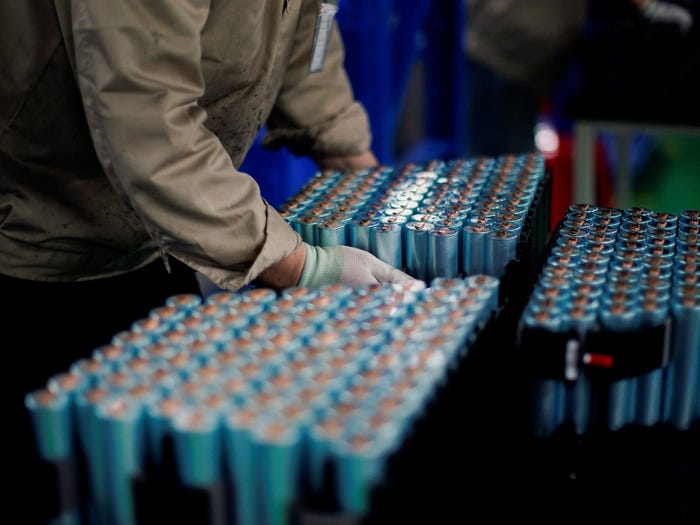Due to the high cost and limited availability of lithium, researchers are seeking alternative materials for use in efficient energy storage systems. One potential candidate is sodium, which has shown promise as an alternative to lithium in sodium-ion batteries (SIBs).
However, one challenge in using sodium in SIBs is the large size and slow movement of sodium ions, which can negatively impact the performance of the SIB anode. In order to address this issue, researchers from Korea and the United States have developed pyrolyzed quinacridones, a new type of carbonaceous material for use in SIB anodes. These materials are easy to prepare and have shown excellent electrochemical properties, including high sodium-ion storage capacity and excellent cycling stability.
Climate change is a major concern in the 21st century, and one way to address it is by reducing carbon emissions through the use of renewable energy sources and more efficient energy storage systems. Lithium-ion batteries are currently widely used for their high energy density and long cycle life in portable electronics and electric vehicles.
However, the high cost and limited availability of lithium have led researchers to explore alternative energy storage systems. One potential candidate is the sodium-ion battery (SIB), which has been suggested as a potential alternative to lithium-ion batteries.
Sodium has many of the same physicochemical properties as lithium, making it a potentially attractive alternative for use in energy storage systems. It is also more sustainable and cost-effective than lithium. However, one challenge in using sodium in sodium-ion batteries (SIBs) is the large size and slow movement of sodium ions, which can negatively impact the performance of the SIB anode.
This is because the carbon microstructures of commercialized graphite anodes struggle to accommodate the large, sluggish sodium ions, leading to structural instability and poor storage performance. To address this issue, researchers have been exploring the use of carbonaceous materials doped with heteroatoms as SIB anodes. While these materials show promise, their preparation can be complicated, expensive, and time-consuming.
Recently, a team of researchers, led by Professor Seung Geol Lee from Pusan National University in Korea, used quinacridones as precursors to prepare carbonaceous SIB anodes. “Organic pigments such as quinacridones have a variety of structures and functional groups. As a result, they develop different thermal decomposition behaviors and microstructures. When used as a precursor for energy storage materials, pyrolyzed quinacridones can greatly vary the performance of secondary batteries. Therefore, it is possible to implement a highly efficient battery by controlling the structure of organic pigments precursor,” explains Prof. Lee. Their study was made available online on 17 October 2022 and will be published in Volume 453, Part 1 of the Chemical Engineering Journal on 1 February 2023.
The researchers in this study focused on the use of 2,9-dimethylquinacridone (2,9-DMQA) as a material for sodium-ion battery (SIB) anodes. 2,9-DMQA has a parallel molecular packing configuration, and when it was subjected to pyrolysis (thermal decomposition) at 600°C, it changed from a reddish color to black, with a high char yield of 61%. The researchers then conducted a thorough experimental analysis to understand the mechanism behind this pyrolysis process.
The researchers proposed that the decomposition of methyl groups in 2,9-DMQA at 450°C generates free radicals, which then form longitudinally grown polycyclic aromatic hydrocarbons through bond bridging along the parallel packing direction. Additionally, the presence of nitrogen- and oxygen-containing functional groups in 2,9-DMQA resulted in the release of gases during pyrolysis, creating disordered domains in the microstructure. In contrast, pyrolyzed unsubstituted quinacridone developed highly aggregated structures, suggesting that the morphological development of the material was significantly influenced by the crystal orientation of the precursor.
Furthermore, 2,9-DMQA pyrolyzed at 600°C showed high rate capability (290 mAh/g at 0.05 A/g) and excellent cycle stability (134 mAh/g at 5 A/g for 1000 cycles) as an SIB anode. The presence of nitrogen- and oxygen-containing groups in the material also enhanced its battery storage capacity through surface confinement and an increase in the interlayer distance.

